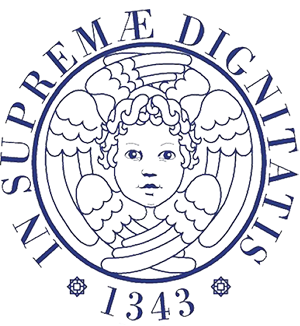The artificial urinary sphincter is a small device that is surgically implanted in order to restore the natural urination control process.
When the natural sphincter, that muscle that controls the urination, does not work properly, as sometimes happens after prostatectomy, the uncontrollable loss of urine occurs. In cases of severe incontinence, in which the rehabilitation and physio kinesiotherapy techniques of the perineal plan are not sufficient to restore the mechanism of continence, the use of the artificial sphincter can represent a solution to the problem.
To understand its functioning it is necessary to have some simple notions of anatomy.
Bladder: organ where urine is collected.
Urinary sphincter muscle: muscle at the base of the bladder that controls the ability to retain and expel urine. When this muscle contracts, it closes the urethra and retains urine in the bladder; when released it opens the urethra to allow urination.
Urethra: channel through which urine is expelled.
Scrotum: bag of skin, below the penis, which contains the testicles.
Where the device is implanted
Balloon (tank): placed near the bladder.
Tubes: connect the parts of the device allowing the movement of the liquid inside.
Cuff: it is positioned around the urethra.
Deactivation valve: small button placed in the rigid part of the pump.
Pump: it is placed in the scrotum so that it is felt to the touch through the skin. The lower part is soft and compressible.
How it works
The cuff, filled with liquid, exerting a light pressure keeps the urethra closed and thus retains the urine in the bladder.
To urinate, press the pump several times. The liquid is then transferred to the tank and the cuff remains open. Once emptied, the cuff exerts no pressure on the urethra and the urine can drain from the bladder.
A few minutes after urination, the liquid automatically returns from the tank into the cuff, which, filling up, closes the urethra, restoring continence again.
Surgery for the implantation of the artificial urinary sphincter can be performed in Day Surgery with a single incision of 3 cm between the penis and the scrotum. Immediately after the operation the prosthesis is not active; it is necessary to wait 20-30 days to start using it.
Complications:
the most fearful immediate complication is represented by the infection of the prosthesis, which necessitates immediate removal of the device. Late complication is represented by the erosion of the urethra by the device.

